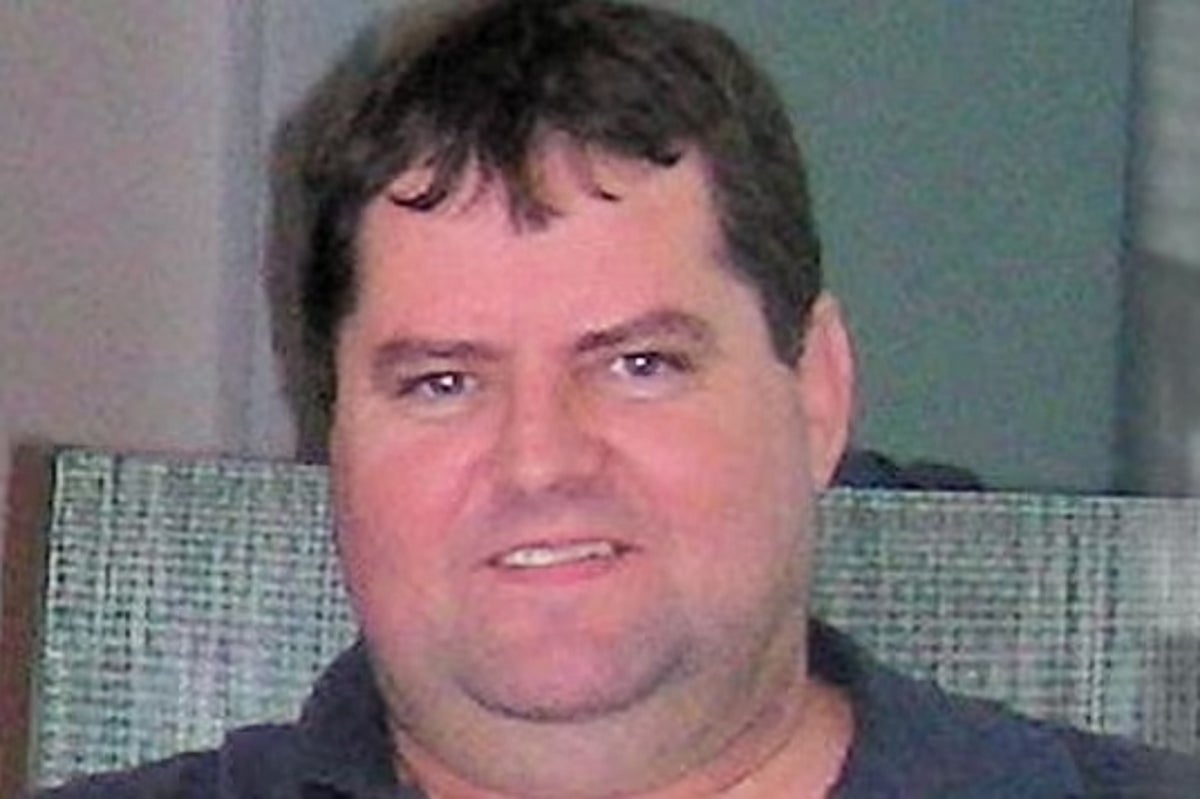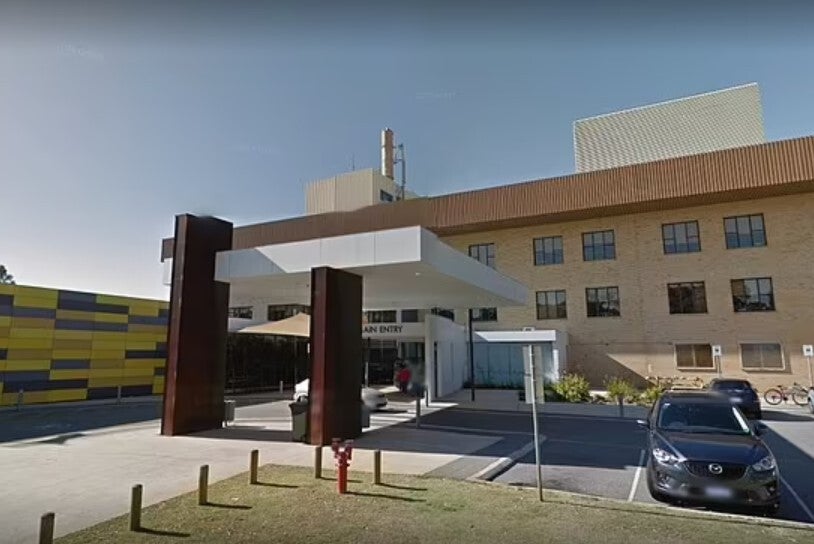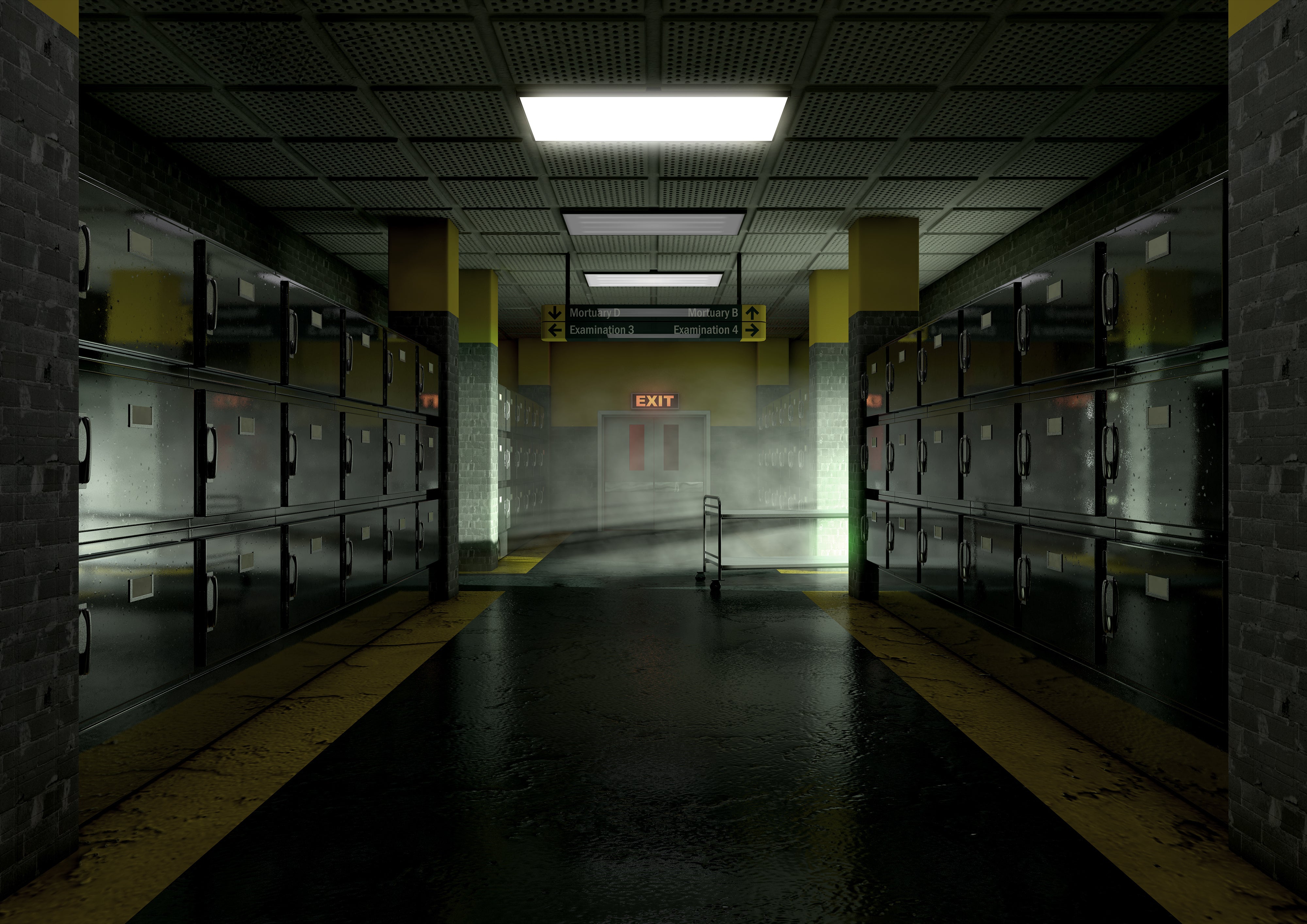
A hospital in Australia is under investigation after nurses allegedly sent a man to the morgue in a body bag while still alive.
Kevin Reid, a palliative care patient, supposedly died in Rockingham General Hospital on 5 September. But a doctor’s discovery suggests the patient could have actually died on 6 September – despite having already been sent to the morgue.
The realisation that a grave error was made struck when the doctor unzipped the body bag and found fresh blood on the patient’s gown and saw his eyes were open, according to reports.
On 5 September, nurses believed Mr Reid, 55, died and sent him to the morgue after informing his family. A doctor had not attended to certify the patient’s death before he was sent to the morgue, which the hospital attributed to staff shortages.
The hospital also said there had been confusion because two patients had died in a very short space of time.
The following day, a doctor went to certify Mr Reid’s death after an organ donation organisation requested permission to take his organs.
As well as the doctor spotting fresh blood and the patient’s eyes open, two of the corpse’s limbs had reportedly moved, raising the alarm Mr Reid may have been alive when he was transferred to the body bag.

The doctor alerted the state coroner after he was reportedly asked to backdate Mr Reid’s death date by senior hospital staff. An investigation was swiftly opened by Western Australia’s Coroner’s Court.
“I believe the frank blood from a new skin tear, arm position and eye signs were inconsistent with a person who was post-mortem on arrival at the morgue,” the doctor wrote in his report to the coroner, as reported by Business News.

Paul Forden, chief executive of South Metropolitan Health Service, said that the patient’s family had been present at his bedside for some time after nurses announced his death.
He also clarified that the investigation being done by health officials was looking into “protocols following the death of a patient” and stressed that it was not investigating whether or not the patient was alive.







